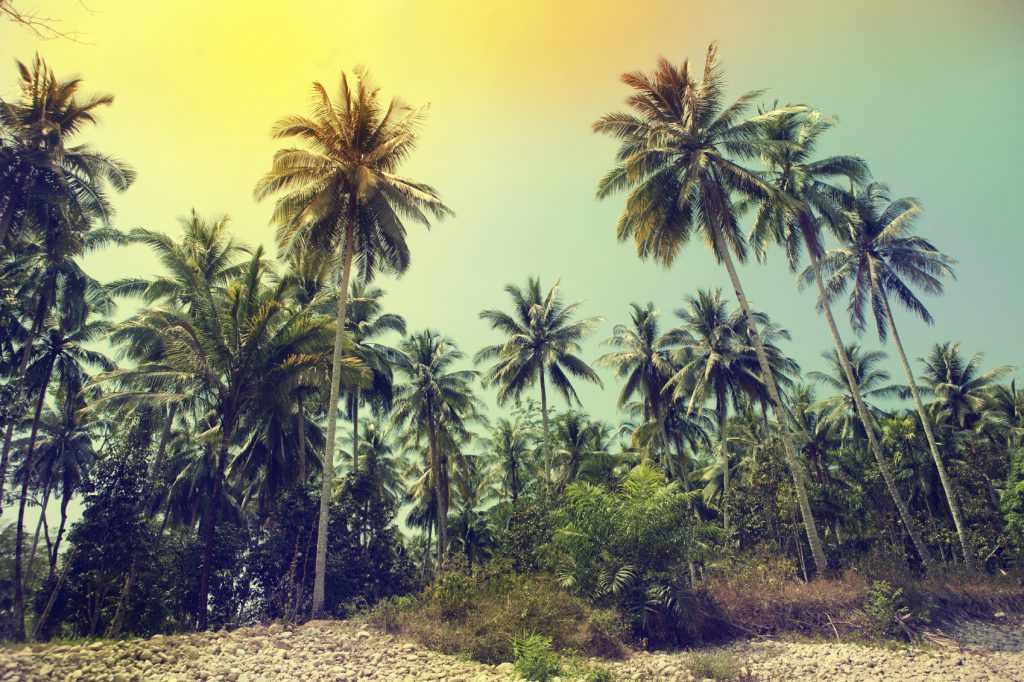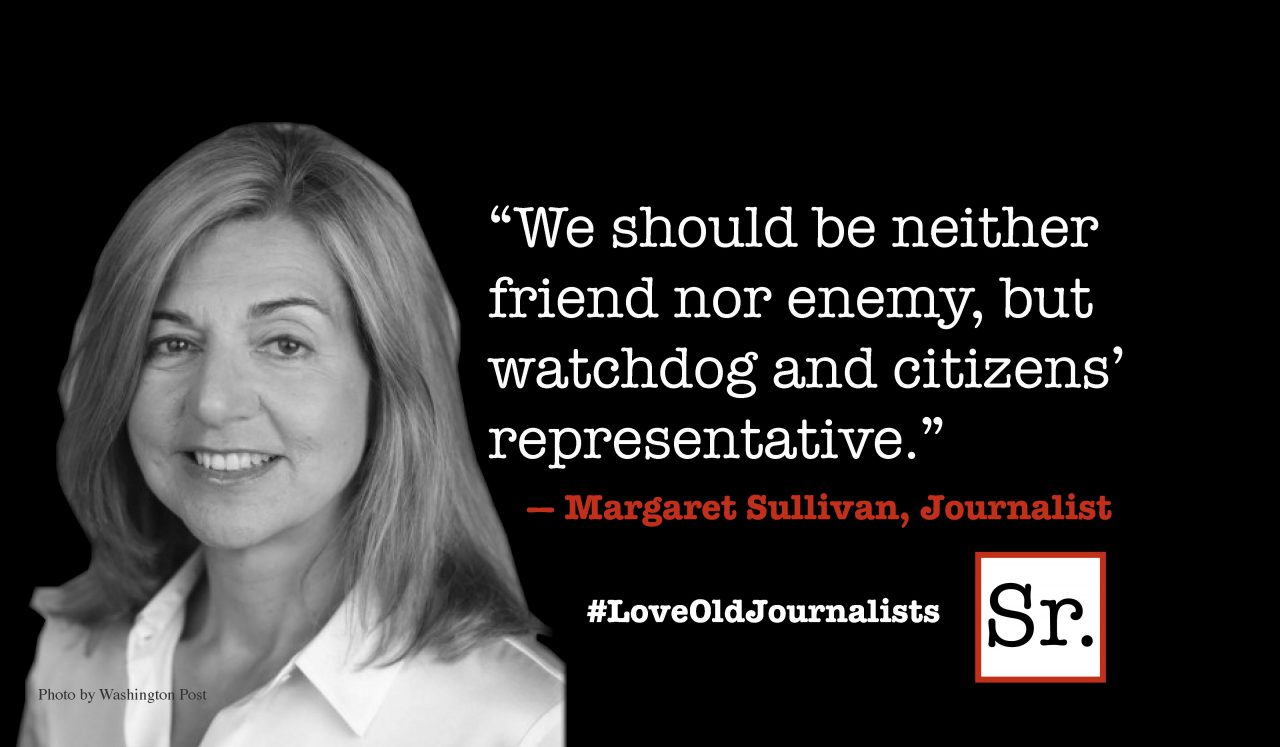My story has been about a career of selling magazine subscriptions that offered me opportunities for travel. Part 1 told of almost eight years selling in the U.S. Parts 2 and 3 told of a year of selling in South America. Now, I will tell of heading west across the Pacific Ocean.
Hawaii
I had been at home in Ansonia, Conn for just two months when I learned that I could join a sales crew in Hawaii. My wanderlust moved into high gear, and I flew off to Honolulu in early February 1957 to see more of the world.
Because it was the peak of the tourist season, our crew found it difficult to locate good lodging, but we finally found a suitable furnished apartment near Waikiki Beach.
Sal Horowitz had been my manager for the last half of South America. He arrived in Honolulu early and hired two new saleswomen, Nancy and Mary. When I arrived, I trained the two new members of the sales team.
Each of us took different areas for our work and the sales went very well. My nine years of experience was a great advantage. I was intrigued by how many different races and mixtures of races of people were to be found locally and how smoothly they all got along. I liked the warm, pleasant weather and the beautiful places to be seen all around Oahu Island.
Our crew enjoyed many different restaurants. I learned how to use chop sticks and amazed people for years afterward with that unusual skill. With Waikiki Beach so close, we went swimming often. We also took opportunities to go fishing and sailing whenever we could. We three women fell in love with the Hawaiian clothes, many of which were made in local factories where our crew went to make our sales. We also became fond of the huge variety of flowers to be seen every day and to the many ways they were incorporated into beautiful leis.
After over seven months in Honolulu, I traveled alone for one month to Hilo on the island of Hawaii … the big island. I became acquainted with the famous singing Kalima family. Kukui Kalima taught me how to do the hula dance.
Driving around this island I got to see the active volcanoes area, the black sand beaches, the city of Kona, and the Kona Coffee Company. While there, with the help of Mildred Manty, I made myself my first muumuu. Mildred was from my home state of Connecticut. She had come to Hawaii during World War II as a nurse. After the war, she settled in Hilo and worked at local pineapple plantations.
I was offered over 35 sales jobs while in Hawaii, but I chose to continue with the job I had. It provided me the opportunities for further world travel that I wanted so much.
A few months after I left, a tsunami wave had hit the city. It severely damaged the place where I had lived and many other areas that I had become familiar with.
Guam
In September 1957, I traveled alone to Guam. Upon arrival I had to show not only my passport but a U.S. Navy clearance to stay on the island. I took a taxi from the airport to the capital city of Agana, now known as Hagåtña, and checked into the Capital Hotel. I arranged things at a bank for sending my money back to the U.S. I checked in at the police department and sold several magazine subscriptions to the chief of police.
Guam is one of many islands in the Marianas group. It is an unincorporated U.S. territory. The island is 30 miles long and varies from 4 to 12 miles wide, comprising 212 square miles. Its population in 1957 was around 64,000 people.
I could not have access onto the various military bases (U.S. Air Force, U.S. Navy and U.S. Coast Guard), so my plan was to sell to businesses first and then to individual homes. I toured around the island to work in its many towns. In those travels I saw many caraboas, a domesticated water buffalo, on the farms and along the roads. My sales went well, so I stayed there for four months.
I became friends with Ed Wright who was the local salesman for Encyclopedia Britannica and with Lillian Larson, head librarian in Agana’s city library. With those people I enjoyed activities including picnics and outings at various beaches.
On November 16, 1957, Typhoon Lola hit the island with winds up to 140 mph. Fortunately, there were no fatalities, but it caused lots of damage. Flooding in Merizo was around five feet deep. Agana, where I was staying, looked like a ghost town for a while.
Ed Wright invited me to stay at his home near Tamuning over the holidays. His home was on a hill about ten miles from town. Ed’s home was not in the path of Typhoon Lola and was further protected by being on a hill. After a very enjoyable holiday, I flew from Guam on the day after Christmas to rejoin my sales crew in Honolulu.
Philippine Islands
In January 1958 our crew left Hawaii and flew to Manila, capital city of the Philippine Islands. The fact that we could not send US dollars out of the country really messed things up. We made a few sales, but were generally wasting our time. We stayed there only one week. The city was clean and very expensive. The restaurants and night clubs were wonderful; the movie theaters were very modern. Street traffic was quite heavy including many horse carriages, motor scooters, and “jitneys” — WWII surplus Jeeps converted to seat six to eight people.
My next stop would the British Crown Colony of Hong Kong.









